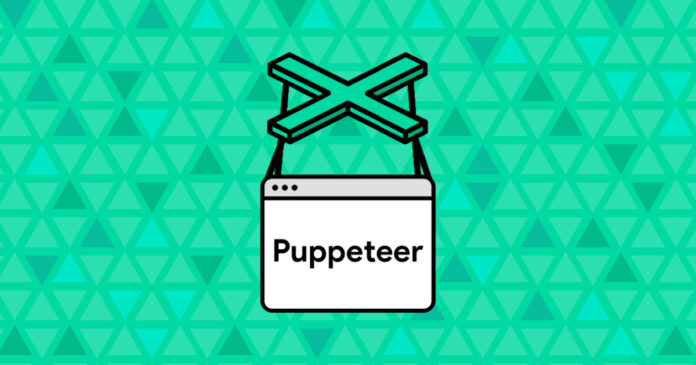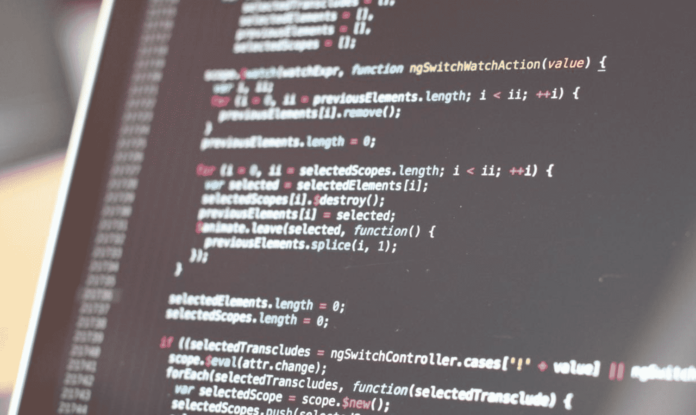Developed and maintained by Google, Puppeteer has quickly become one of the most popular web scraping tools on the web. Some say it’s because of the many features and functionalities it offers, and others claim it’s because it’s completely free to use.
Whatever the case, Puppeteer is a fantastic Node.js library that comes with various options. Despite the fact it’s swarming with useful features, Puppeteer is very easy to use once you learn how to manage all the options it offers. The process of web scraping is quite complex and comes with many challenges, such as getting detected and blocked.
Thankfully, Puppeteer can help avoid detection and bypass many restrictions associated with web scraping. A Puppeteer tutorial at oxylabs.io will explain the process step-by-step and share some tips on how this Node library can help you with scraping websites.
What is web scraping?

Web scraping refers to the automated browsing of the web to find, extract, gather, and store valuable data. The internet is home to millions of websites full of invaluable data and user-generated content. Both regular internet users and businesses can benefit from scraping internet data in various ways.
For example, businesses use web scraping techniques to gather data to improve their price comparison, keyword analysis, search rankings, sales, etc. Web scraping requires using web scraping tools called scrapers or scraper bots. These bots are in charge of bypassing any security mechanisms and ensuring safe access to data.
They browse the web looking for relevant and up-to-date data to help digital businesses achieve company goals. However, scraping top-rated websites, such as travel sites, hotels, Shopify, Walmart, Amazon, and Google, comes with many challenges.
Let’s take a closer look at some of these challenges and explain how Puppeteer can help solve them.
Challenges of scraping

Since web scraping constantly grows in popularity, modern websites keep working on their defenses and safety mechanisms. Because of that, there are quite a few challenges associated with web scraping and data extraction.
Restricted bot access
No matter how stealthy your scraping bot is, the majority of high-rated websites will deny access to their data. Some top-grade websites allow the scraping of certain pieces of information, but those are rare and require asking for scraping permission by stating the nature of your needs and goals.
However, chances of getting the permission are low because automated web scraping tends to drain websites’ server resources, thus impacting site performance. That’s why websites flag and ban bots that send multiple parallel scraping requests.
Captchas
Captchas are online safety mechanisms that separate bots for genuine human reactions. They do so by presenting logical problems that regular internet users can solve with ease, but bots struggle to figure out. In other words, captchas keep spam away.
In the case of web scraping, most bots will fail to bypass captchas, even though the latest bot generations bring new advancements that should resolve this problem.
Real-time data scraping
The biggest challenge of scraping is determining what data to scrape and extract in real-time. Since scraping usually involves acquiring large data sets, doing it in real-time tends to be quite an overhead.
How Puppeteer can help

Puppeteer is a Node.js library for automating tests and performing various actions in Chrome and Chromium browser engines. The library acts as a headless browser and comes with an API built on the DevTools Protocol.
It gives you full control over the Chrome web browser. It allows you to perform a range of tasks, such as generating PDFs of web pages, taking screenshots, automating form submission, UI testing, and scraping pre-rendered content.
While most developers and testers use this Node library as an automation tool for testing web apps. It can help with web scraping by executing JavaScript code and allowing your scraper bots to access the page’s HTML and mimic human behavior while browsing the targeted web pages and scraping commercial data.
5 tips for using Puppeteer for scraping

Here are five quick tips on how to use Puppeteer for scraping.
Use a headless mode
Since Puppeteer comes in a headless mode, you don’t need to load a full browser to use it. It can speed up your scraping efforts and save a lot of resources in the process.
No need to use unnecessary tabs
Opening new tabs on Puppeteer when launching the Chrome browser is a common mistake that can throttle your wide-scale scraping efforts. You don’t need a new tab as Puppeteer launches with an open page.
Use a proxy
Top-grade websites will do anything to block your scraping attempts. They do so by detecting any inhuman behavior on their web pages and using IP-based rules to flag and ban scraping bots by monitoring how many times they tried to visit each page.
Websites save IPs in their databases and will start to block any suspicious behavior. You can solve this problem with a proxy.
Set a user-agent
Setting a user-agent allows you to reduce the number of times a website detects and blocks your scraping bot. A valid user-agent allows you to send genuine requests for web pages by providing information about the operating system and the browser version to the target website.
Pay attention to screen resolution
When using Puppeteer, make sure the screen resolution matches the device you use. If you’re scraping a desktop website, use a desktop resolution. If you’re scraping mobile websites, use a popular mobile phone’s screen resolution.
Conclusion
Using Puppeteer for scraping can lend you the immense power of automation and offer a variety of benefits, such as saving time, effort, and resources, as well as avoiding getting your scrapers flagged, banned, and blocked.
It can be an extremely useful automation tool for both web app testing and web scraping. These five tips should help you get ahead of everything this Node library can do.








